Have you ever paused amid a spoonful of yogurt and wondered, "how was something as tasty as this made?" Well, if you have, your questions are about to be answered, because that what this post is all about, nothing but a journey through the milky world of yogurt-making.
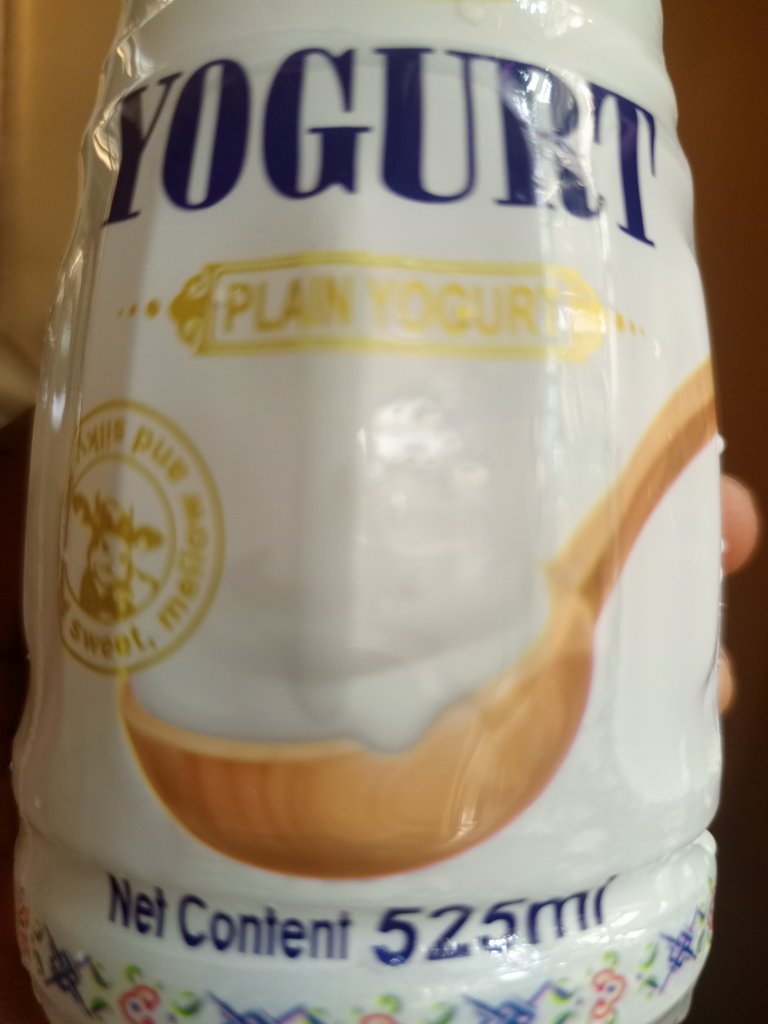
Picture is mine
Strap on your apron, we are diving into the creamy abyss! (pun intended)
Now you see in the world of Yogurt making, the journey of a thousand miles begins with what? Well, it begins with a humble bowl of milk being heated in preferably, a ceramic-coated aluminum pot.
Trust me, heating milk is not as easy as it sounds. If you're not careful, that milk will boil over faster than you can say "boil" So, its always better you grab a heavy pot, a wooden spoon, and keep your eyes peeled for any signs of trouble, all this majorly to prevent any untimely boiling over.
This is no task for the faint-hearted, for as any seasoned yogurt-maker will tell you, a watchful eye and a steady hand are the keys to success.
Once your milk hits the sweet spot of 106⁰F while boiling, it no more an ordinary milk– it's ready for a makeover into a concoction infused with these buddies Lactobacillus Bulgaricus, Lactobacillus Acidophilus, and L. Thermophiles (don't let their names scare you, they are just microbes, specifically bacterias that needed if this journey from milk to Youghurt will end up being a successful one, failure is not an option) .
The question now is where exactly do we find these mystical microbes as they don't just fall from the sky ?
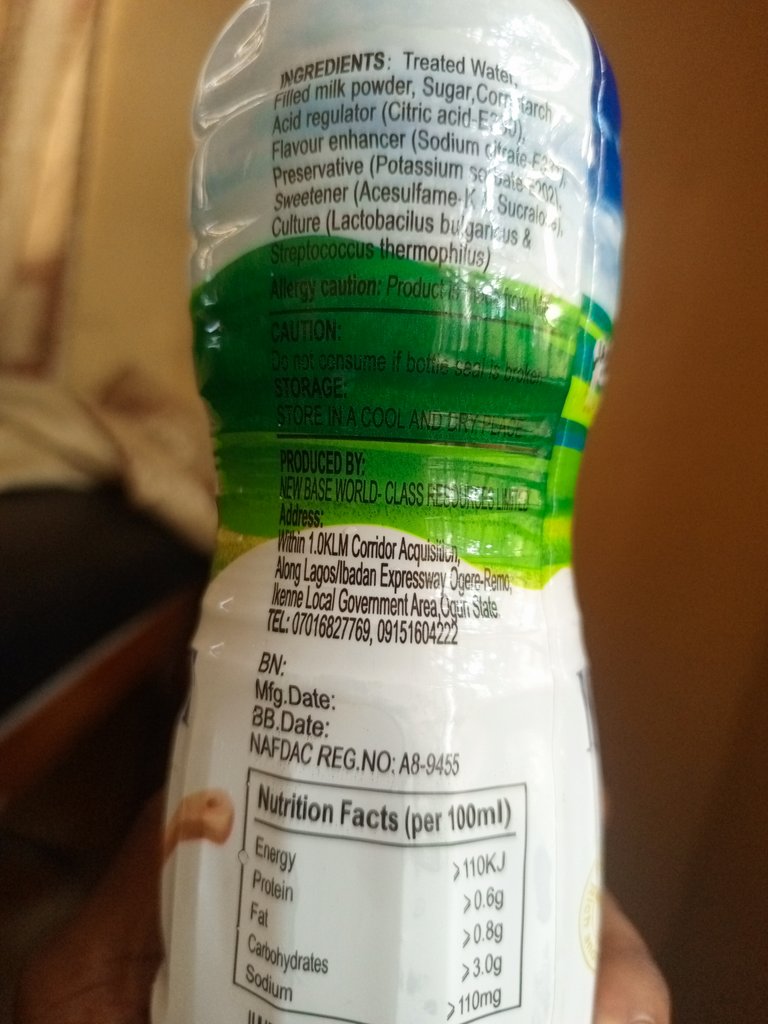
Picture is mine
The answer is simple, head over to a Yoghurt store and buy a tub of plain yogurt. Yep, just scoop out a couple of spoonfuls, mix it with some water, add to your heated milk and voila – bacteria party in your milk!
Now, before you get carried away with visions of transforming Milk to Yoghurt, let me assure you: yogurt-making is both an art and a science. It's a delicate dance of temperature control and patience, where one wrong move could spell disaster in the form of curdled milk or worse, a messy stovetop.
You have to, heat the milk ever so gently, using a heavy pot and a wooden spoon like I stated earlier to prevent any untimely boiling over.
Now moving on
After we've introduce our bacterial buddies from the store-bought yogurt. Mix them in gently, like an evil witch concocting a love portion lol, keep it boiling
Pour the milk mixture into a clean container and cover it. Keep the container in a warm place, to allow the yogurt cultures to ferment and multiply. This process usually takes around 6-12 hours thereabout, depending on your desired level of tanginess and thickness.
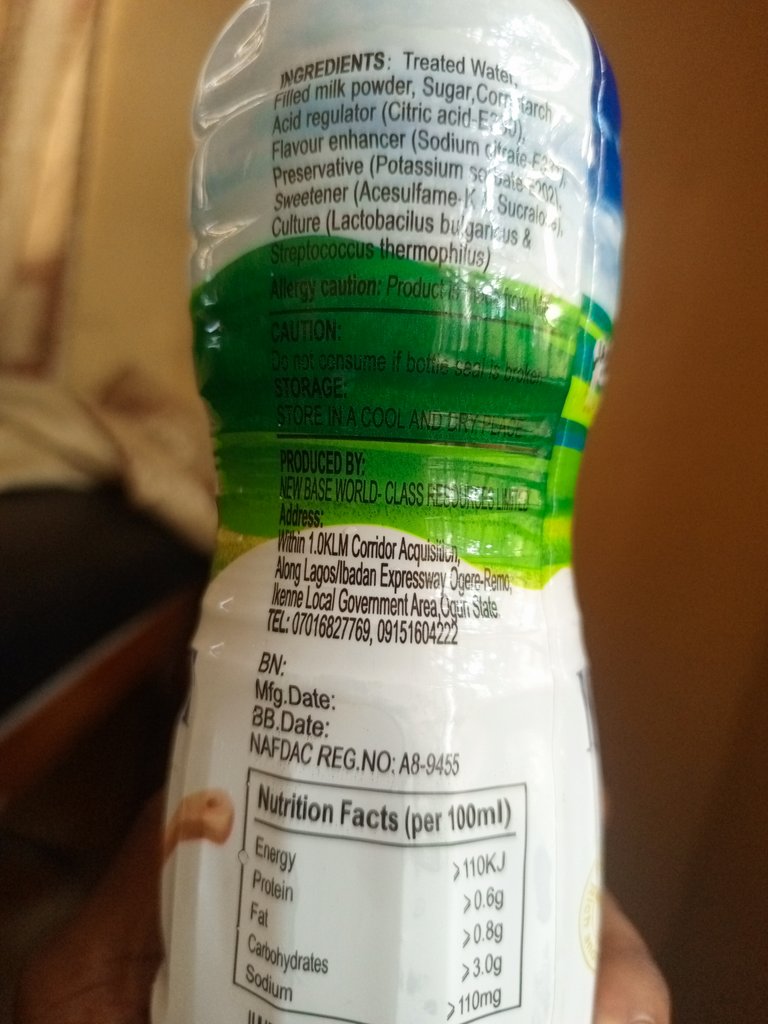
Picture is mine
Check for Doneness: After this period, check the yoghurt. It should have thickened and developed a tangy flavor. If it's not thick enough, you can leave it for longer. Once the yogurt is done to your liking, refrigerate it to halt the fermentation process and chill the yogurt.
A little digression here, If you crave the thick, velvety texture of Greek yogurt, fear not. Simply grab a clean pillowcase, pour in your freshly-made yogurt, and suspend it over the sink like a dairy-filled piñata and let gravity do its work, you'll be rewarded with the creamy goodness of Greek yogurt one fit enough to be served to the Gods on a silver platter.
At this point you can decide to add the extras like fruits, honey, sweetener, flavour and the likes, it all your decision to make at this point
And what about fat content, you ask?
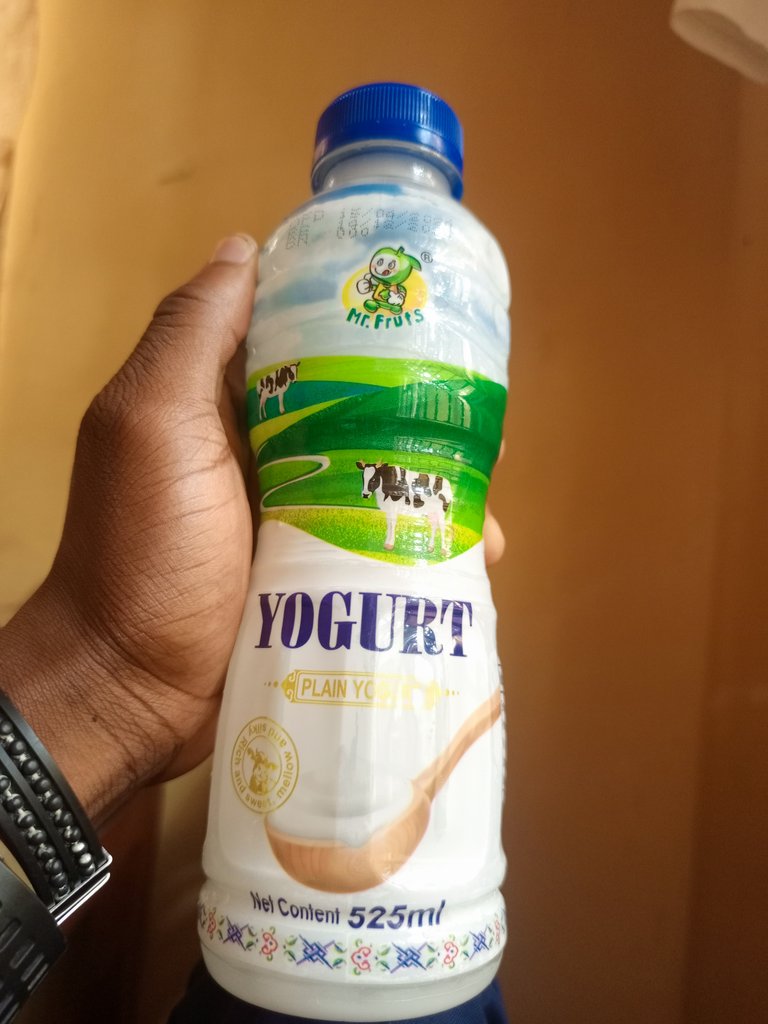
Picture is mine
Ah, yes, we have full-fat and low-fat dairy. Now, while full-fat milk may yield a richer, more indulgent yogurt, the health-conscious among us may opt for a leaner option with 1–2% fat content. Either way, the result is a probiotic powerhouse that's as good for your gut as it is for your taste buds.
Speaking of probiotics, let's debunk a myth or two, shall we? Contrary to popular belief, "probiotic" is not some ancient Greek word passed down through the ages – it's a marketing term coined in the 1970s to extol the virtues of yogurt as a digestive aid. But still, the benefits of yogurt are very real indeed. Thanks to our bacterial friends, much of the lactose in yogurt is pre-digested, making it easier on the stomach and a welcome choice for lactose-intolerant yogurt enthusiasts everywhere.
Now, you may be wondering about the origins of yogurt itself. Is it a mystical elixir passed down from the gods of Mount Olympus? Not quite. In fact, the word "yogurt" has its roots in Turkey, where it has been a staple of the culinary landscape for centuries. Yoghurt plays a starring role in Turkish cuisine, its creamy tang lending depth and flavor to a wide range of dishes.
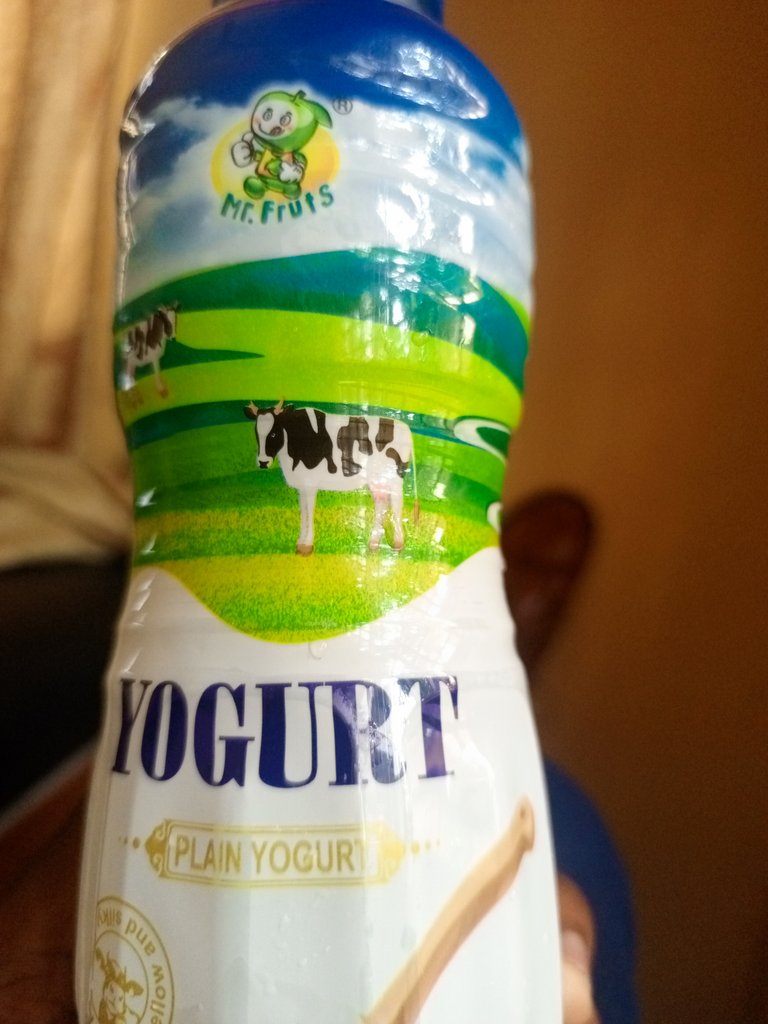
Picture is mine
So, the next time you find yourself spoon-deep in a bowl of yoghurt, take a moment to appreciate the journey that brought it to your table. From humble beginnings as warm milk to the probiotic powerhouse we know and love, yogurt is a testament to the wonders of fermentation and the artistry of the kitchen. And remember, whether you prefer it thick and creamy or light and tangy, there's a yogurt out there waiting to tickle your taste buds and nourish your soul. Bon appétit!
Credits
- All images are mine taken on Tecno camon 19
References/Resources
- https://www.sciencedirect.com/topics/pharmacology-toxicology-and-pharmaceutical-science/yoghurt
- https://downshiftology.com/recipes/how-to-make-homemade-yogurt/
- https://delishably.com/dairy/How_to_make_your_own_yogurt_-_An_illustrated_guide
- https://www.masterclass.com/articles/how-to-make-your-own-homemade-yogurt-in-7-easy-steps
- https://culturesforhealth.com/blogs/learn/yogurt-how-to-make-homemade-yogurt
- http://milkfacts.info/Milk%20Processing/Yogurt%20Production.htm
- https://www.epicurious.com/expert-advice/how-to-make-homemade-yogurt-step-by-step-article
- https://www.thepioneerwoman.com/food-cooking/cooking-tips-tutorials/a93141/how-to-make-yogurt-and-greek-yogurt/
Thanks for your contribution to the STEMsocial community. Feel free to join us on discord to get to know the rest of us!
Please consider delegating to the @stemsocial account (85% of the curation rewards are returned).
You may also include @stemsocial as a beneficiary of the rewards of this post to get a stronger support.
Congratulations @sam9999! You have completed the following achievement on the Hive blockchain And have been rewarded with New badge(s)
Your next target is to reach 100000 upvotes.
You can view your badges on your board and compare yourself to others in the Ranking
If you no longer want to receive notifications, reply to this comment with the word
STOP